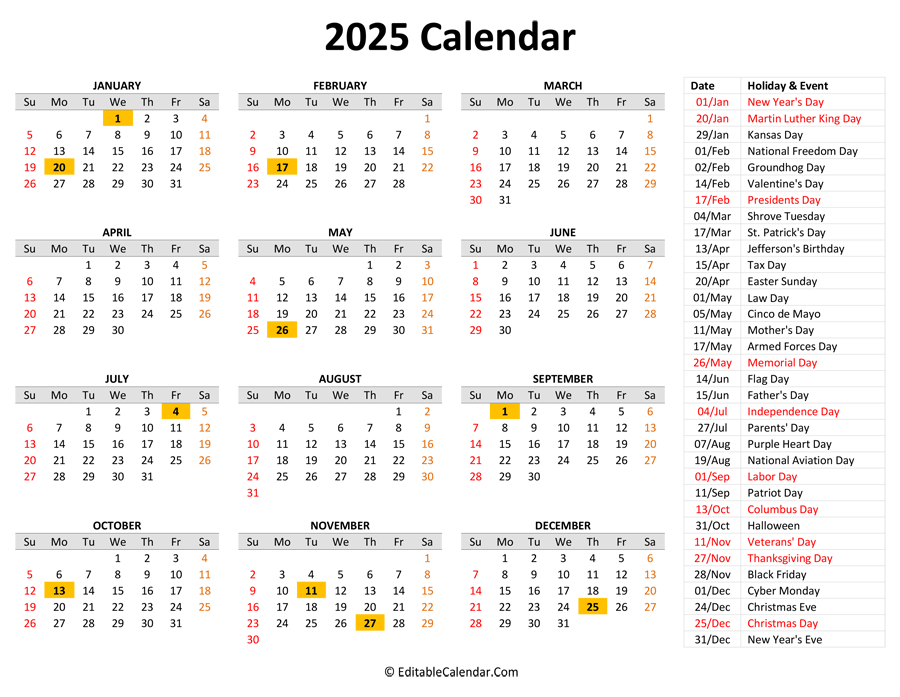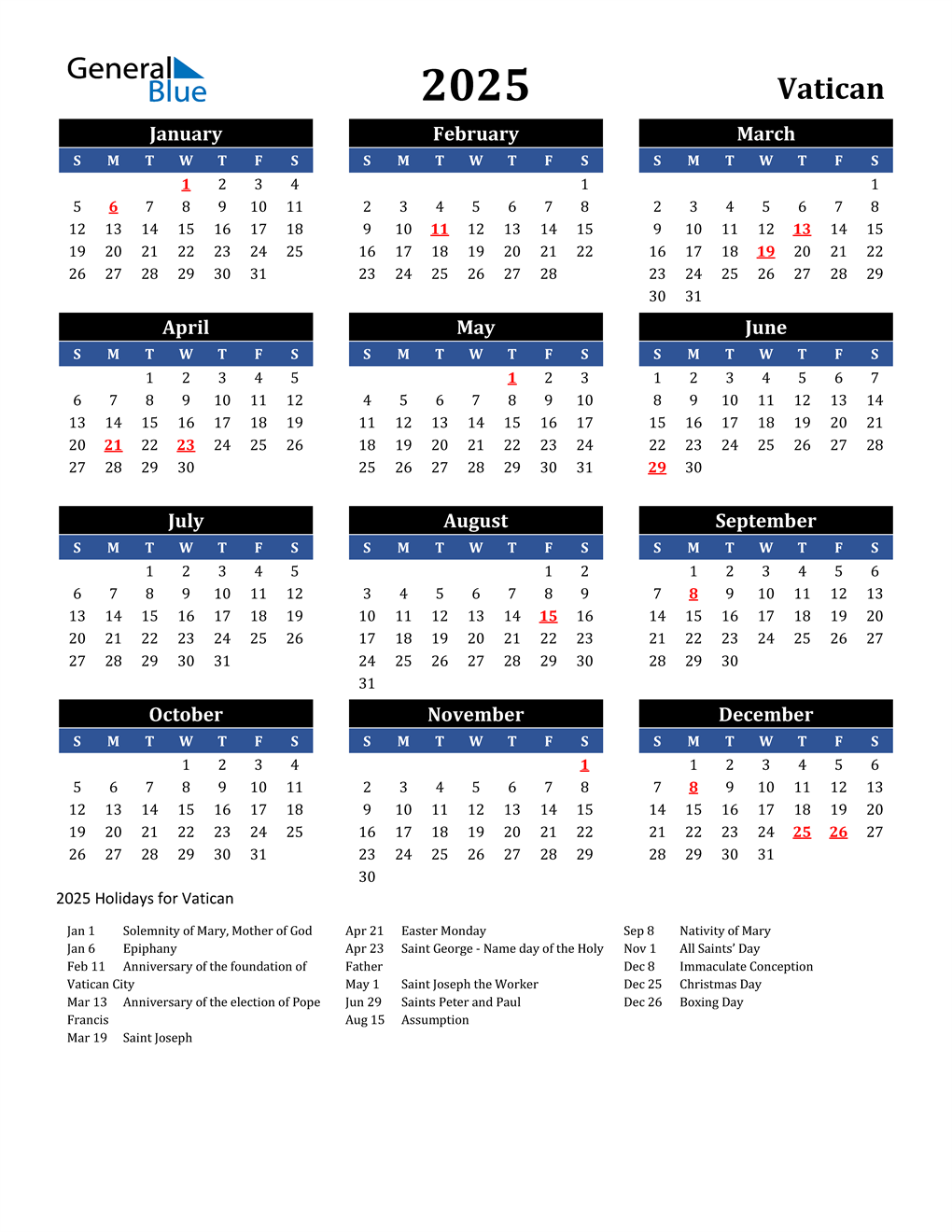Navigating June 2025: A Comprehensive Guide to Global Holidays
Related Articles: Navigating June 2025: A Comprehensive Guide to Global Holidays
Introduction
With great pleasure, we will explore the intriguing topic related to Navigating June 2025: A Comprehensive Guide to Global Holidays. Let’s weave interesting information and offer fresh perspectives to the readers.
Table of Content
Navigating June 2025: A Comprehensive Guide to Global Holidays

June 2025 presents a vibrant tapestry of celebrations, each reflecting unique cultural traditions and historical significance. Understanding these holidays offers a deeper appreciation for global diversity and provides opportunities to engage with different cultures. This guide delves into the key holidays in June 2025, highlighting their importance and offering insights for travelers and enthusiasts alike.
Key Holidays in June 2025:
1. June 1st: International Children’s Day
This globally recognized day celebrates the well-being and rights of children. It underscores the importance of providing children with access to education, healthcare, and protection from exploitation. Many countries mark the occasion with events focused on child empowerment, advocating for their rights and fostering their development.
2. June 1st – June 7th: Pentecost (Christian)
Pentecost, a significant Christian holiday, commemorates the descent of the Holy Spirit upon the apostles, marking the birth of the Christian Church. It falls on the seventh Sunday after Easter, typically in late May or early June. Many churches hold special services, emphasizing the theme of the Holy Spirit’s power and guidance.
3. June 14th: Flag Day (United States)
Flag Day in the United States commemorates the adoption of the American flag on June 14, 1777. It is a day to reflect on the history and symbolism of the flag, fostering patriotism and national pride. Many schools and communities hold flag-raising ceremonies and educational events.
4. June 16th: Father’s Day (Many Countries)
Father’s Day, celebrated in many countries, honors fathers and father figures. It is a day to express appreciation for their love, support, and guidance. Many families celebrate with gifts, special meals, and quality time spent together.
5. June 21st: International Yoga Day
The United Nations declared June 21st as International Yoga Day, recognizing the physical, mental, and spiritual benefits of yoga. It encourages individuals worldwide to participate in yoga practices, promoting health and well-being. Many events and workshops are held on this day, offering opportunities to learn and experience yoga.
6. June 21st: Summer Solstice
The Summer Solstice marks the longest day of the year in the Northern Hemisphere. It is a time to celebrate the sun’s power and the arrival of summer. Many cultures have ancient traditions associated with the solstice, including festivals, rituals, and celebrations of nature.
7. June 23rd: National Pink Day (United States)
National Pink Day in the United States encourages people to wear pink and celebrate the color’s versatility and positive associations. It is a lighthearted holiday that promotes creativity, self-expression, and a sense of community.
8. June 24th: Midsummer’s Eve (Northern Europe)
Midsummer’s Eve, a celebration in many Northern European countries, marks the eve of St. John’s Day. It is associated with bonfires, music, dancing, and traditional rituals celebrating the summer solstice.
9. June 29th: International Asteroid Day
International Asteroid Day raises awareness about asteroids and the potential risks they pose to Earth. It encourages research and preparedness measures to mitigate the threat of asteroid impacts. Events and educational programs are held worldwide to inform the public about asteroid science and mitigation strategies.
Understanding the Significance of June Holidays:
These holidays offer a window into the diverse cultural tapestry of the world. They provide opportunities to:
- Appreciate Cultural Diversity: Each holiday reflects a unique cultural tradition, offering insights into different perspectives, values, and beliefs.
- Foster Cross-Cultural Understanding: Celebrating holidays from different cultures promotes understanding and appreciation for global diversity, fostering a sense of interconnectedness.
- Engage in Meaningful Traditions: Participating in holiday celebrations, whether through attending events or learning about their history, allows individuals to engage with meaningful traditions and connect with their heritage.
- Promote Global Harmony: Celebrating holidays that emphasize peace, unity, and understanding contributes to a more harmonious global community.
FAQs about June Holidays:
Q: Why is International Children’s Day celebrated on June 1st?
A: The date was chosen by the International Union for Child Welfare in 1949 to honor the anniversary of the Geneva Declaration of the Rights of the Child.
Q: What are some common ways to celebrate Pentecost?
A: Many churches hold special services, featuring sermons about the Holy Spirit and the birth of the Christian Church. Some churches also have special hymns and readings related to Pentecost.
Q: Are there any specific traditions associated with Flag Day in the United States?
A: Many schools and communities hold flag-raising ceremonies, where the American flag is raised to honor the country’s history and values. Educational events are also common, teaching about the flag’s symbolism and history.
Q: How is Father’s Day celebrated in different countries?
A: While the specific customs vary, many countries celebrate Father’s Day with gifts, special meals, and quality time spent with fathers and father figures.
Q: What are some tips for celebrating International Yoga Day?
A: Individuals can participate in yoga classes, workshops, or simply practice yoga at home. Many communities organize events and festivals dedicated to yoga, offering opportunities to learn and experience different styles of yoga.
Q: What are some ways to celebrate the Summer Solstice?
A: Many cultures have ancient traditions associated with the solstice, including bonfires, rituals, and celebrations of nature. Some people celebrate by spending time outdoors, enjoying the longest day of the year.
Q: What are some tips for celebrating National Pink Day?
A: People can wear pink clothing, accessories, or even decorate their homes or workplaces in pink. It’s a lighthearted holiday that encourages creativity and self-expression.
Q: How is Midsummer’s Eve celebrated in Northern Europe?
A: Midsummer’s Eve is a time for bonfires, music, dancing, and traditional rituals celebrating the summer solstice. Many communities hold festivals and events, offering a chance to experience the unique traditions of the region.
Q: What are some ways to participate in International Asteroid Day?
A: Individuals can attend events, watch documentaries, or read articles about asteroids and the potential risks they pose to Earth. They can also support organizations involved in asteroid research and mitigation efforts.
Conclusion:
June 2025 offers a rich tapestry of holidays, each with its own significance and cultural value. From celebrating children’s rights to honoring fathers and embracing the power of yoga, these holidays provide opportunities for reflection, appreciation, and engagement with global diversity. Understanding these celebrations deepens our understanding of different cultures and fosters a sense of interconnectedness within the global community. By embracing these holidays, we contribute to a more informed, tolerant, and harmonious world.








Closure
Thus, we hope this article has provided valuable insights into Navigating June 2025: A Comprehensive Guide to Global Holidays. We thank you for taking the time to read this article. See you in our next article!